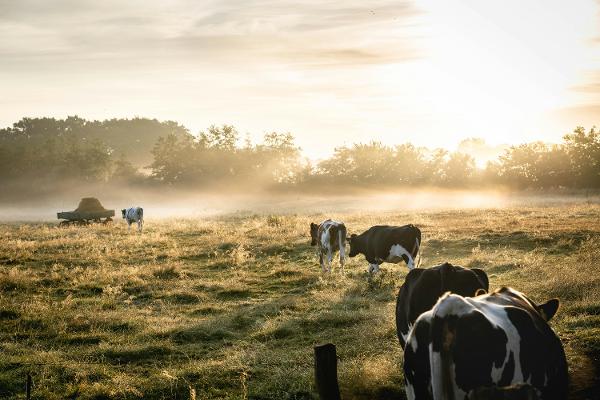Optimising Pasture Production in New Zealand: Insights from Dr Gordon Rajendram on Key Soil Factors

In New Zealand, where agriculture plays a pivotal role in the economy, understanding the factors that drive pasture production is crucial for optimising yields and maintaining the health of the land. Dr Gordon Rajendram, a leading soil scientist, emphasises the importance of several key elements in this process, highlighting how the interplay between soil temperature, moisture, pH, nutrient availability, air-filled porosity, and biology can significantly impact pasture growth and productivity.
One of the most fundamental factors is soil temperature. Pasture growth notably slows or even halts when the temperature at a 10 cm depth falls to 5 or 6 degrees Celsius. This thermal threshold is critical in New Zealand's varied climate, affecting the seasonal management of pastures across different regions.
"Understanding the structure of soil is key to unlocking the full potential of our pastures. Each element, from temperature and moisture to pH and biology, plays a critical part in this complex melody. It's through harmonising these factors that we can achieve sustainable and productive agriculture," - Dr Gordon Rajendram, Soil Scientist
Soil moisture is another vital component. Pasture production can be adversely affected when soil moisture levels drop below 25%. This threshold is a clear indicator of the need for adequate water management practices to sustain growth, especially during dry spells which are becoming increasingly common due to climate change.
The chemical balance of the soil also plays a significant role. Soil pH and the presence of 13 essential elements are crucial for the health and productivity of pastures. An optimal pH level ensures that these nutrients are available to plants, directly influencing their growth and the overall output of pasture lands.
Air-filled porosity, specifically when it falls below 10%, indicates poor soil structure which can hinder root growth and limit air exchange. This condition stresses plants and can lead to reduced pasture yield.
A healthy soil ecosystem, rich in microorganisms, supports nutrient cycling and aids in the breakdown of organic matter, thereby enhancing soil fertility and plant health.
In conclusion, Dr Gordon Rajendram underscores the need for a holistic approach to managing these factors. By closely monitoring soil temperature, moisture levels and adjusting chemical balance, structure, and biological health, farmers in New Zealand can maximise pasture production, ensuring sustainability and profitability in their agricultural practices.
Contact Dr Gordon Rajendram
021 466077
rajendram@xtra.co.nz
www.gordonrajendramsoilscientist.co.nz
Contact Phillip Quay
phillip@mediapa.co.nz
027 458 7724
